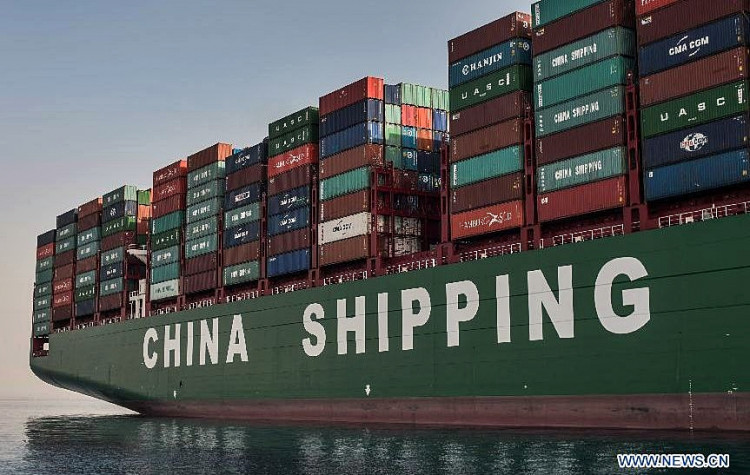On the heels of a spate of unnerving economic indicators, last week comes upsetting news that China's manufacturing activity decelerated in June.
China's National Statistics Bureau's (NBS) official Purchasing Managers' Index (PMI) fell to 51.5 from May's 51.9 on a 100-point scale. In this scale, numbers above 50 show an acceleration in economic activity. The June PMI is, however, a tad below analysts' forecast of 51.6 and compares to the 51.9 in May.
Manufacturing growth is being depressed by well-founded fears that ongoing U.S.-Chinese trade tensions will degenerate into a full-blown trade war and a slowdown in the world's second-biggest economy.
PMIs continued to continue to weaken across the board, according to the NSB. The new export orders index for June dropped for the first time since February to 49.8 from 51.2 in May. A production sub-index fell to 53.6 in June from 54.1 in May. The new orders sub-index slid to 53.2 from 53.8.
The PMI for large-sized firms limped to 52.9 in June from 53.1 in May while that for medium-sized firms was cut to 49.9 from 51.0. On the other hand, the PMI for small firms rose to 49.8 from 49.6.
Export and manufacturing orders all slowed down in June and indicate much harder times ahead for exporters. They've also shrunk further as a share of China's economy, and now account for less than one percent of annual growth but still support tens of millions of manufacturing jobs.
In the immediate future, analysts forecast that domestic demand will continue to weaken while external demand will suffer from escalating trade frictions between China and the United States. As a result, the People's Bank of China (PBOC) will again be forced to lower banks' reserve requirement ratios (RRR) in the coming months to stave-off a ruinous economic downturn.
PBOC cut the RRR by 50 basis points for some banks on June 24 to accelerate the pace of debt-for-equity swaps and increase lending to smaller firms. Also worrisome for PBOC is the slowing down of credit growth this year due to Beijing's crackdown on shadow banking, which also funds economic growth.
The International Monetary Fund (IMF) forecasts Chinese economic growth in 2018 to drop to 6.6 percent from last year's 6.9 percent. It expects growth to plummet to 5.5 percent by 2023.






